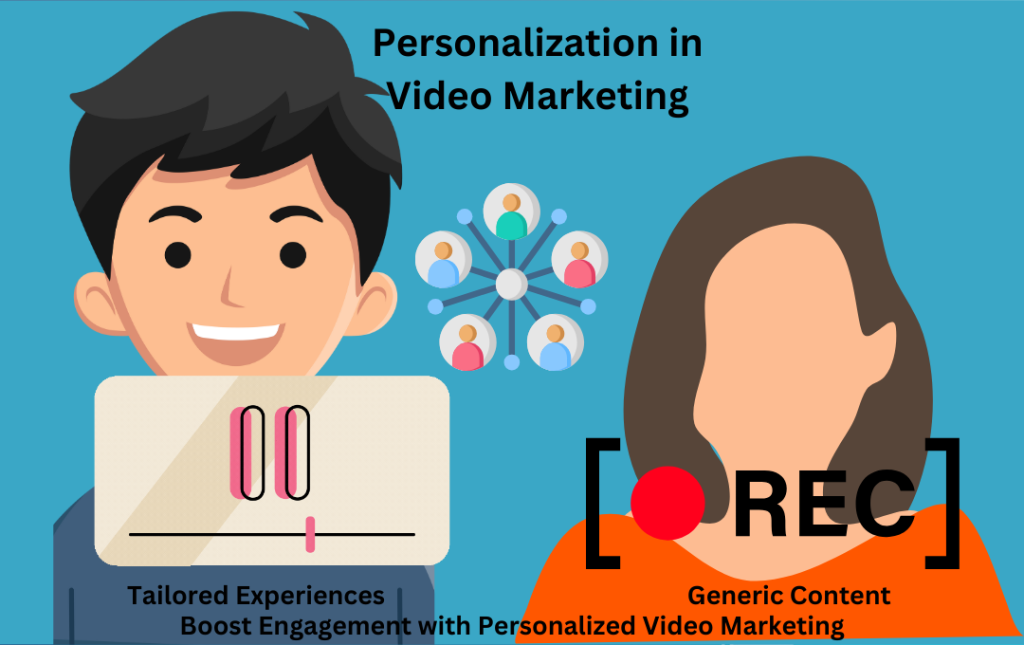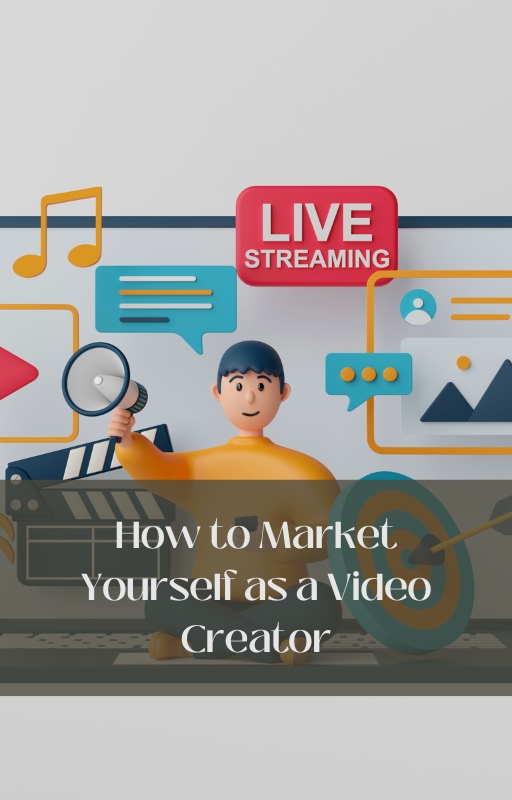Do you know that creating compelling product stories for your brand or business can help you stand out? Curious, aren’t we? In today’s crowded market, standing out from the competition can be challenging. One effective way to differentiate your brand is through compelling product stories that resonate emotionally with your audience.
A well-crafted product story can drive purchase intent by making your products more relatable, memorable, and engaging. This is why in this guide, we will highlight everything you need to know about creating compelling product stories. Now, all you have to do is ensure you read to the end.
Why Product Stories Matter
Product stories are more than just a description of features and benefits – they’re a way to connect with consumers on an emotional level. By tapping into the power of storytelling, businesses can create narratives that resonate with their audience’s values, beliefs, and aspirations. This emotional connection not only increases brand loyalty but also drives purchase intent, as consumers are more likely to buy from brands that they feel a connection to.
Key Elements of Compelling Product Stories
To create really compelling videos for your audiences or consumers, here are elements or considerations to have;
Identify Your Audience
Before crafting your product story, it’s essential to understand your target audience and what motivates them. What are their pain points, desires, and aspirations? Tailoring your story to resonate with their needs and interests is key to creating a compelling narrative.
Highlight Benefits, Not Features
While it’s important to highlight the features of your product, focusing solely on specifications can be dry and uninspiring. Instead, focus on the benefits that your product provides and how it can improve the lives of your customers. How does your product solve a problem or fulfil a need? What value does it add to their lives?
Create an Emotional Connection
The most effective product stories tap into the emotions of the audience, evoking feelings of joy, excitement, or even nostalgia. Consider incorporating personal anecdotes, testimonials, or customer success stories to add depth and authenticity to your narrative.
Showcase Real-Life Examples
Including real-life examples or case studies in your product story can help bring it to life and make it more relatable to your audience. Share stories of how your product has made a difference in the lives of real customers, providing social proof and credibility.

The Importance of Emotional Appeal in Product Stories
Before we move ahead to how you create compelling and attractive product stories, let’s first look at its importance. Here are some reasons why you should add emotional appeal to your product stories;
- Connect on a Human Level: Emotions are a powerful driver of decision-making. By appealing to emotions, you can connect with your audience on a deeper, more personal level. This connection fosters trust and loyalty, encouraging customers to choose your product over others.
- Enhance Memory Retention: Stories are more memorable than plain facts. When you tell a story that evokes emotions, it’s more likely to stick in your audience’s mind. This means your product will be top-of-mind when they are ready to make a purchase.
- Differentiate Your Brand: Emotional storytelling sets your brand apart from competitors who may rely solely on technical details and features. A compelling story adds a unique dimension to your product, making it more attractive to potential buyers.
- Drive Action: Emotional appeals can prompt immediate responses. Whether it’s a sense of urgency, a feeling of trust, or a connection to a cause, emotions can drive customers to take action, such as making a purchase or sharing your story with others.
How to Create Compelling Product Stories
This is definitely the part you have been waiting for, so let’s proceed to share how you can create compelling product stories. Here’s how;
Understand Your Audience
The first thing you need to do is to understand your audience or customers. This can be achieved by using surveys, focus groups, and customer interviews to understand the values, beliefs, and aspirations of your audience. Carrying this out will help you identify the emotional triggers that resonate with them.
Also, you can look at reviews and testimonials to identify common themes and emotional responses. This can provide insights into what your customers care about and how they perceive your product.
Craft Your Story Elements
Another way is by creating relatable characters that your audience can identify with. This could be a customer, an employee, or even the product itself. You can go ahead to introduce a problem or challenge that the character faces. This adds tension and keeps the audience engaged.
As a brand or business, you can show how your product helps solve the problem. By doing this, you get to demonstrate the value and benefits of your product in a real-life context.
Next, highlight the positive change that occurs as a result of using your product. This reinforces the emotional appeal and showcases the impact of your product.
Use Descriptive Language and Vivid Imagery
This is mostly overlooked, but it is just as important as every other aspect of creating product stories. Before posting, elaborate and describe how your product looks, feels, smells, tastes, or sounds. Sensory details make the story more immersive and relatable to the audience.
Aside from using descriptive language, it is as important to use high-quality images and videos to complement your story. Visuals can evoke emotions more effectively than text alone.
Incorporate Emotional Triggers
Next, you want to show that you understand your customers’ struggles and needs. This builds trust and rapport. So, go ahead and highlight how your product can help customers achieve their dreams and goals. Furthermore, you need to create a sense of community around your brand. Show how your product can help customers connect with each other.
Make It Authentic and Transparent
Never forget that authenticity is key to building trust, so avoid exaggerations and ensure that your story is believable. Make use of real customer stories and testimonials to add credibility.
Measuring the Effectiveness of Your Product Stories
After creating product stories, the next thing to do is to track the effectiveness. Here’s how to do that;
Track Engagement Metrics
You can monitor social media interactions to see how your audience is engaging with your story. These include likes, comments, and shares. For video stories, track how long viewers are watching and whether they are watching until the end.
Monitor Conversion Rates
Track sales attributed to your product stories. Look for increases in sales following the release of a new story. They also measure the number of leads generated from your story-driven campaigns.
Conduct A/B Testing
Experiment with different storytelling techniques, emotional triggers, and formats to see what works best for you. Go ahead and analyze the performance of different versions of your stories to determine which elements are most effective.
Gather Customer Feedback
You can do so by asking your customers for their opinions on your product stories and using their feedback to improve future stories. Also, you conduct focus groups to get in-depth insights into how your stories are perceived and what impact they have on purchase intent.
Common Pitfalls to Avoid
These are some common mistakes to avoid;
- Avoid overused phrases and clichés that fail to differentiate your brand. Strive for originality and specificity in your storytelling.
- Don’t rely solely on rational appeals. Incorporate emotional elements that resonate with your audience to create a more compelling story.
- Ensure that your stories are genuine and believable. Authenticity is crucial for building trust and credibility.
How can I understand what matters most to my audience emotionally?
Start by engaging directly with your audience through surveys and conversations. Listen attentively to their feedback and pay attention to the language they use to describe their experiences and desires. By immersing yourself in their world, you can gain valuable insights into what resonates emotionally with them.
What are the best ways to create engaging product stories?
Use descriptive language and vivid imagery to paint a compelling picture for your audience. Incorporate elements of conflict and resolution to keep them captivated, and appeal to their senses by describing how your product looks, feels, and sounds in real-life scenarios.
How do I know if my product stories are resonating with my audience?
Keep track of engagement metrics like likes, shares, and comments on your product stories. Additionally, monitor conversion rates to see if your stories are driving actual sales. Regularly solicit feedback from your audience to gauge their reactions and make necessary adjustments.
What should I avoid when creating product stories?
Avoid using generic language or clichés that fail to differentiate your brand. Instead, strive for authenticity and relatability in your storytelling. Don’t rely solely on rational appeals – remember to infuse emotional elements that connect with your audience on a personal level.
Conclusion
Creating compelling product stories is a powerful way to connect with your audience on an emotional level and drive purchase intent. By identifying the emotional triggers that resonate with your target audience and crafting narratives that speak to their values and aspirations, you can create meaningful connections that inspire action. So why wait? Start crafting your product stories today and watch as they transform your brand and drive sales.






